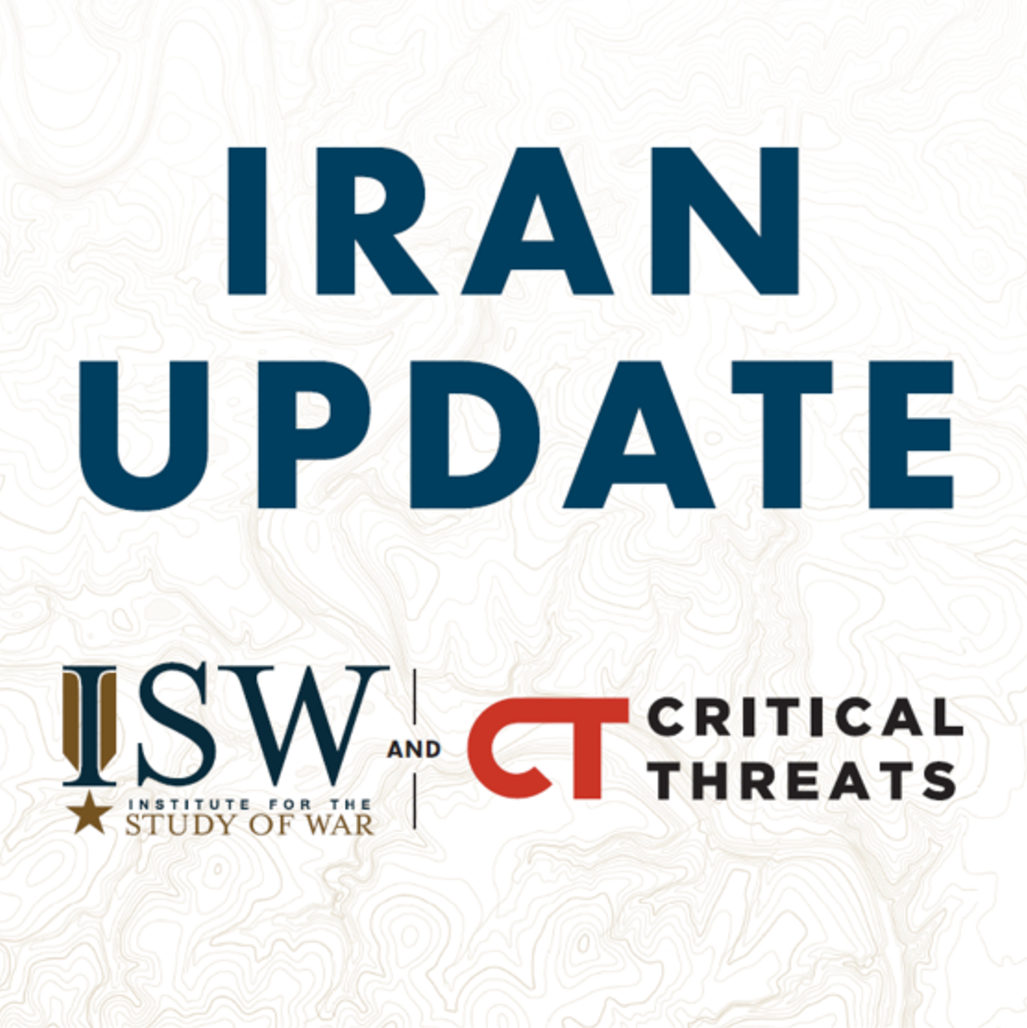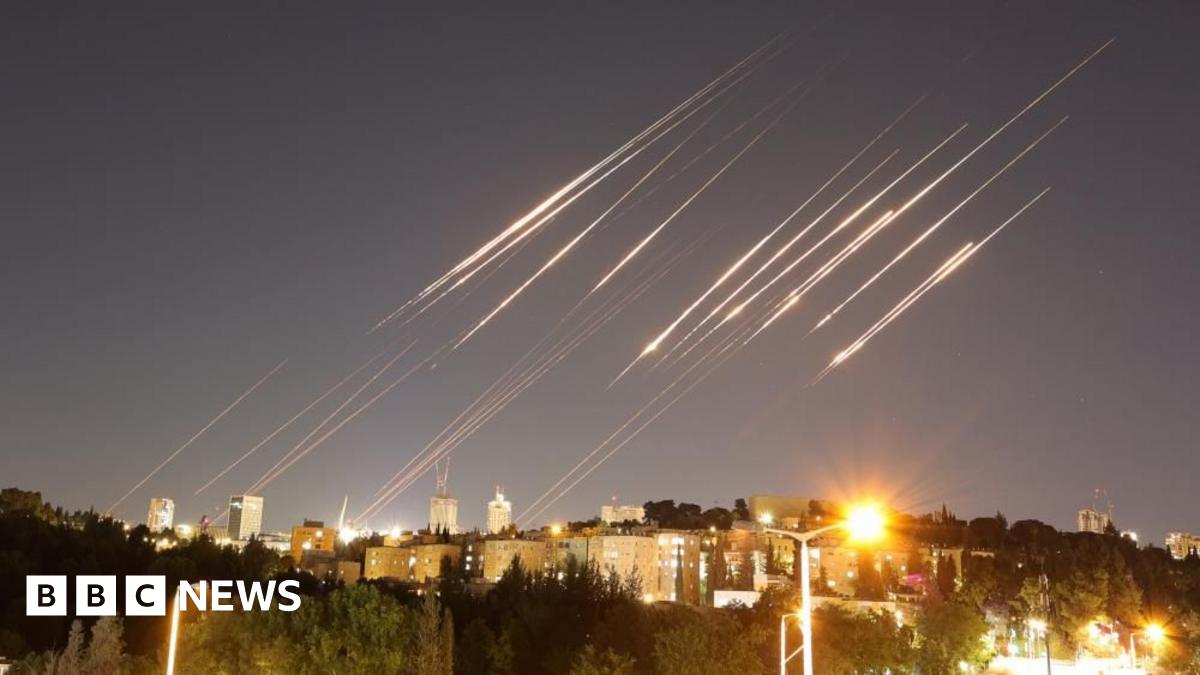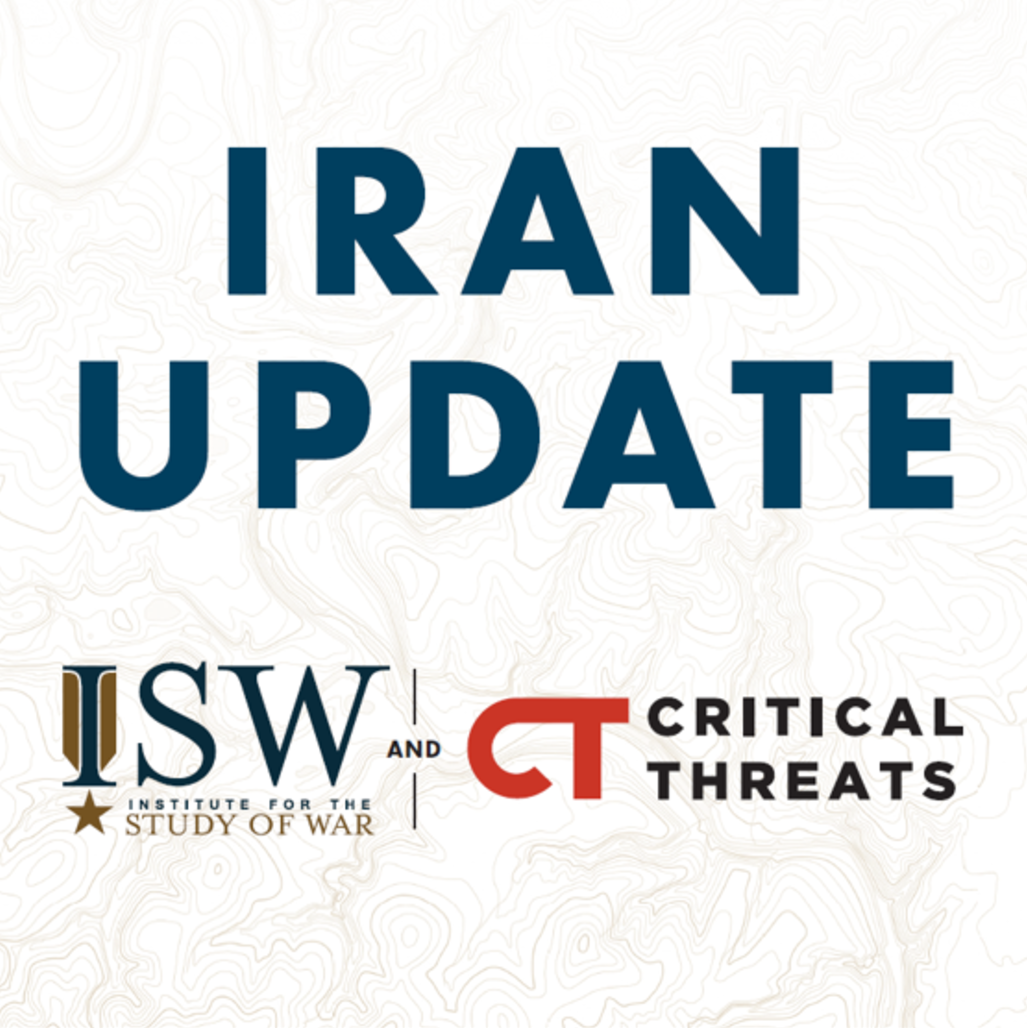
Iran Update, July 10, 2025
Israeli airstrikes targeting Houthi-controlled Hudaydah Port since May 2025 have rendered several berths at the port inoperable. Satellite imagery also demonstrates that the Houthis have only a limited ability to repair the damage that the berths have sustained.
More...
The combination of Israeli operations against Iranian military leadership and an Israeli strike targeting a senior Iranian-backed Iraqi militia commander on the Iraq-Iran border may have created shock among Iranian-backed Iraqi militias that disrupted their plans to attack US forces in Iraq. An Israeli airstrike killed a senior member of Iranian-backed Iraq militia Kataib Sayyid al Shuhada (KSS) on the Iran-Iraq border on June 21.[26] The senior militiaman was on the border while KSS had already planned to transfer weapons, including drones, from Iran to Iraq to attack US forces.[27] A Kurdish journalist close to the Iraqi Kurdistan Democratic Party (KDP) said on June 28 that the strike caused militia commanders to “panic” and cancel pre-planned attacks on US forces.[28] This “panic“ suggests that the methodical Israeli campaign that killed many top Iranian military commanders, combined with the death of the senior KSS member on a presumably confidential mission, created shock within the militia ranks and caused them to cancel the attacks.
KSS leader Abu Alaa al Walai had previously threatened on June 11 to attack US forces if the United States participated in the Israeli air campaign.[29] Several Iranian-backed Iraqi militias, including KSS, announced on June 17 that they had developed a “joint plan” to target US forces if the United States joined the Israeli air campaign against Iran.[30]
The plans to attack US forces, which would presumably have been previously communicated to militia attack cells, probably contributed to unclaimed but likely Iranian-backed Iraqi militia attacks targeting US forces in Iraq since June 12. Militia commanders would have needed to communicate basic attack plans to their cells throughout Iraq and provide them with weapons to conduct the attacks. Likely Iranian-backed Iraqi militias conducted multiple one-way drone attacks targeting US positions across Iraq between June 12 and 24.[31] The militias may have suffered from a lack of discipline among the rank-and-file fighters who attempted to independently launch drone attacks targeting US forces in Iraq. Mid-level militia leadership may have also allowed fighters to conduct attacks without publicly sanctioning them.
And...
The Palestinian Territories and Lebanon
The Israel Defense Forces (IDF) ground troops destroyed Hezbollah weapons depots in southern Lebanon as part of the Israeli effort to destroy Hezbollah infrastructure and prevent Hezbollah’s reconstitution.[46] The IDF 300th Regional Brigade raided and demolished a Hezbollah compound in Jabal Blat, Tyre District, that contained a weapons depot and launch positions.[47] The IDF 9th Reserve Infantry Brigade destroyed a Hezbollah weapons depot and other Hezbollah weapons near Labbouneh, Tyre District.[48] Both Jabal Blat and Labbouneh are directly across the border from Israel. The IDF destroyed multiple rocket launchers, a machine gun, and ”dozens” of explosive devices.[49] Israeli media reported that the IDF operations were a rare instance in which Israeli troops operated beyond Israel’s five permanent positions in southern Lebanon.[50] Hezbollah-aligned media reported on July 9 that Israel‘s announcement was a “deliberate exaggeration,“ noting that Israel‘s ground operations are a “continuation of an aggression that has not stopped.“[51]
Last edited:



